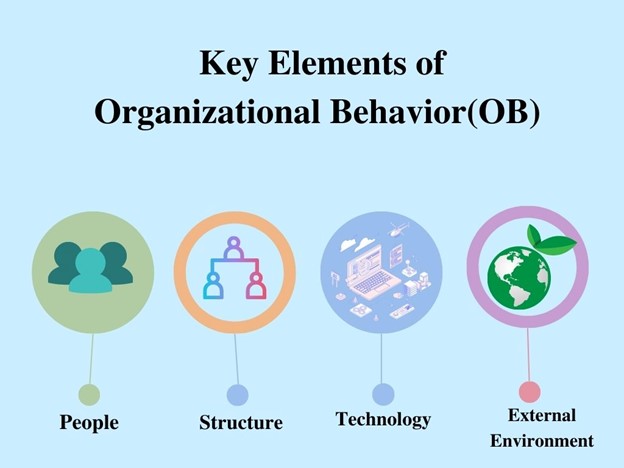Motivational Leadership in Action: Real-world Examples in Human Resources
In the dynamic landscape of Human Resources (HR), the application of motivational leadership is not a theoretical concept but a transformative force that shapes organizational culture and propels teams toward success. As we delve into real-world examples, we'll draw on the insights of esteemed experts to showcase how motivational leadership comes to life within the realm of HR. Recognizing Individual Contributions: The Hallmark of Motivational Leadership In the words of Maxwell (1998) in "The 21st Irrefutable Laws of Leadership," recognizing individual contributions is a cornerstone of motivational leadership. This principle finds resonance in HR practices that prioritize acknowledging and valuing the unique strengths of team members. For instance, a leading tech company implemented a recognition program where employees were celebrated not only for their achievements but also for the distinctive qualities they brought to the team, fostering a culture of appreciation and ...




